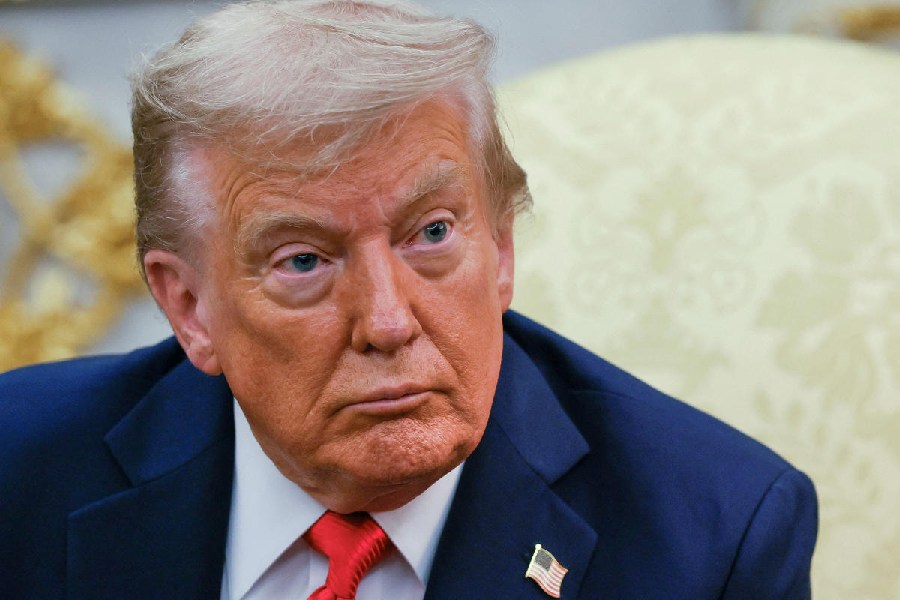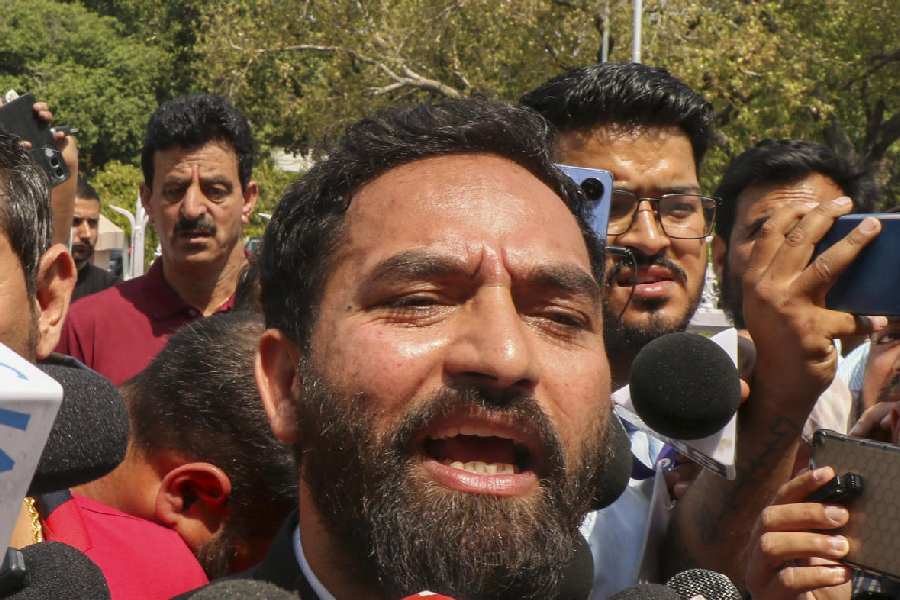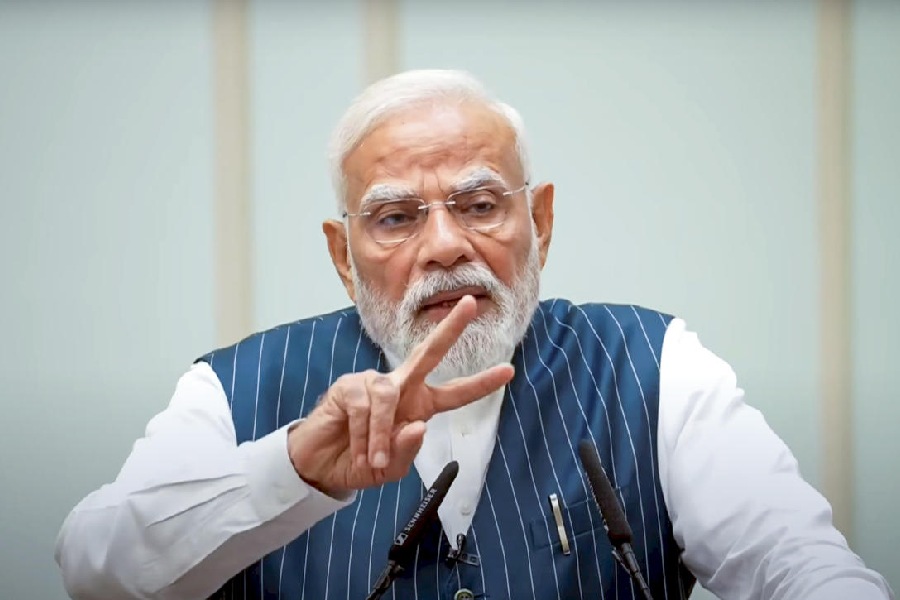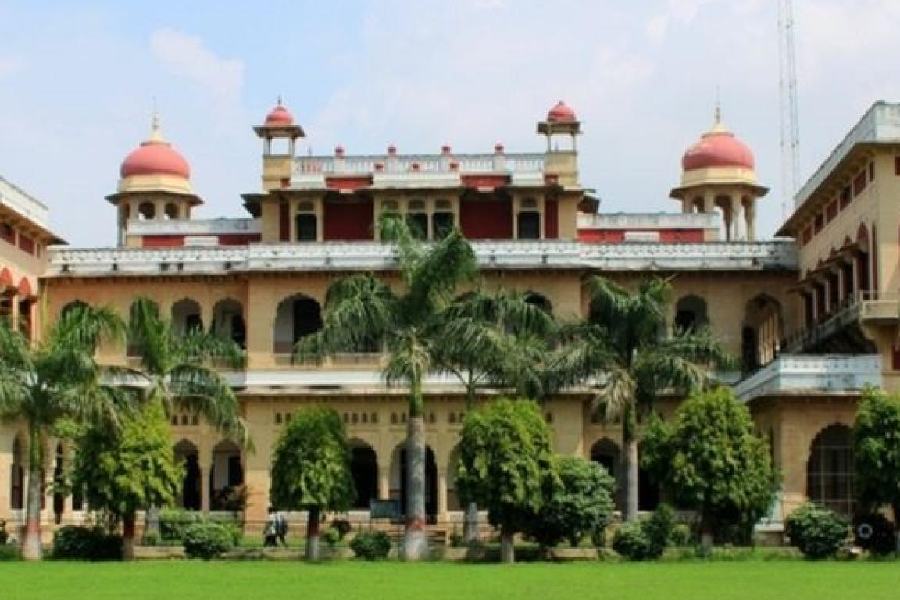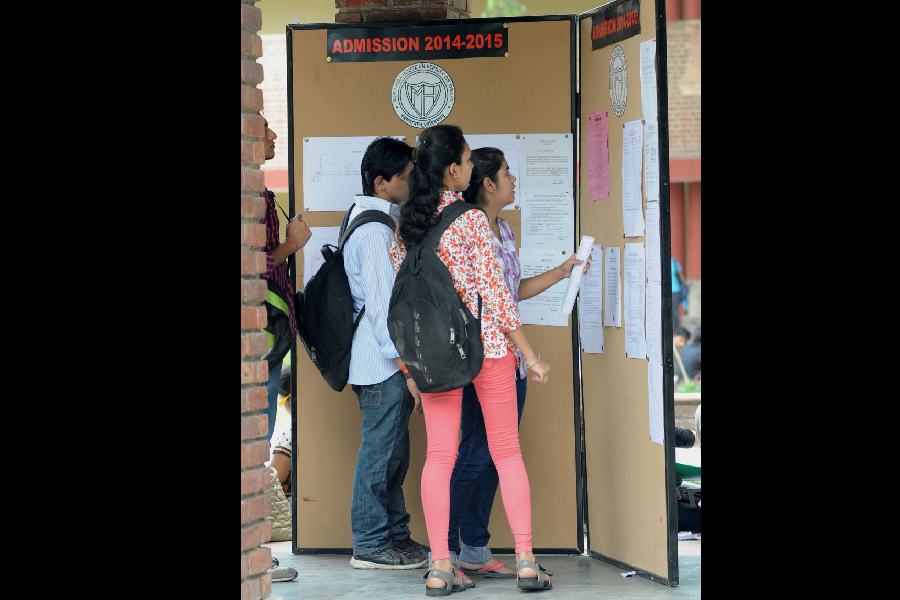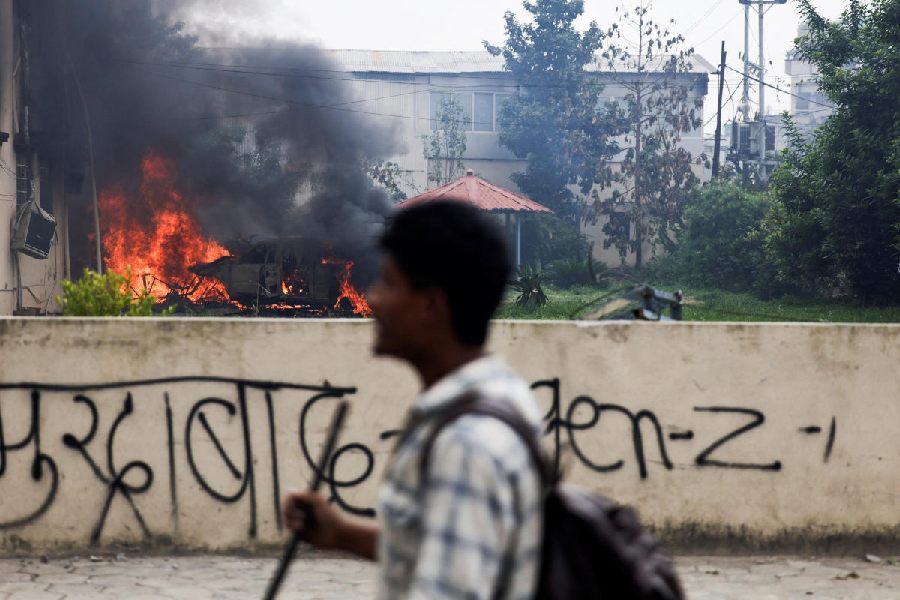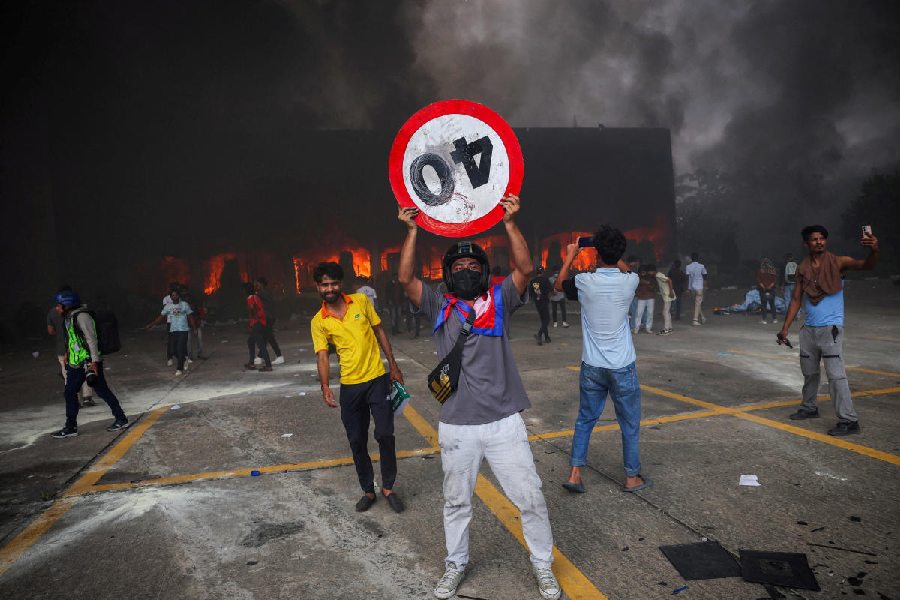
Bhubaneswar, July 13: Jagannath Sadak, an ancient road that used to help devotees reach the Jagannath temple in Puri, is flanked by many monuments and shrines that are lost in oblivion.
On Sunday, members of Indian National Trust for Art and Cultural Heritage (Intach) released a document that informs people about the structures.
Anil Dhir, under the guidance of A.B. Tripathy, state convener of Intach, along with a group of history and geography students of state colleges and universities went on Jagannath's trail taking the road from Calcutta to Puri. In two years, he went on numerous trips, collected several pictures and met elderly people who had interesting stories to share about the road. Dhir documented all of this in the project.
"The road has wind its way from the Jagannath Ghat on the Hooghly in Calcutta and has passed through the districts of Howrah, East Midnapore and West Midnapore touching Kolaghat, Belda and Dantan before entering Odisha at Jaleswar. Here in Odisha, it has passed through Basta, Rajghat, Balasore, Remuna, Niligiri, Soro, Bhadrak, Jajpur, Dharamshala, Chhatia, Cuttack, Barang, Balianta, Bhubaneswar, Pipili and Sakhigopal before ending in Puri. Travellers and pilgrims used to cover the distances by bullock carts, hackneys, palanquins, horses, camels and elephants. However, most of them trudged on foot. From 1825, it was known as the Orissa Trunk Road," said Dhir.
Saints such as Chaitanya, Guru Nanak, Ramananda, Kabir, Tulsidas, Namdev, Madhava Acharya used to take this Jagannath Sadak to reach Puri. Many of them have mentioned it in their travel accounts.
"This was also the road, which the conquering armies of the Mughals, Marathas, Afghans, the East India Company and later the English took to conquer Odisha. In fact, the Marahattas and the Englishmen had implemented a system of collecting toll tax for the maintenance of the road," Dhir said.
During his research, Dhir also found out that in 1810, Raja Sukhamaya Ray of Bengal had an important role in construction of the road. "Others too followed him and the Sadak shortly had many amenities for the pilgrims and travellers. There were serais, dharamshalas, wells, tanks, culverts, bridges, temples, rest sheds, ghats, orchards etc. Many remnants of these are still visible on the isolated stretches of this road," he said.
He also found many remnants of the great road while conducting the research. "The villagers on the way showed us the ruins that dotted the terrain of the route of the Jagannath Sadak. I have located more than 200 archaeological remains of this road. Most of what remains is in ruins, but nevertheless they still resonate with what the ancient pilgrims underwent while on their way to Puri," said Dhir. Several old structures still stand and can be restored. In his report, he not only lists monuments of Jagannath and Hindu faith but also five churches, 10 mosques and dargahs, three gurudwaras all of which have associational relevance to the old sadak.


